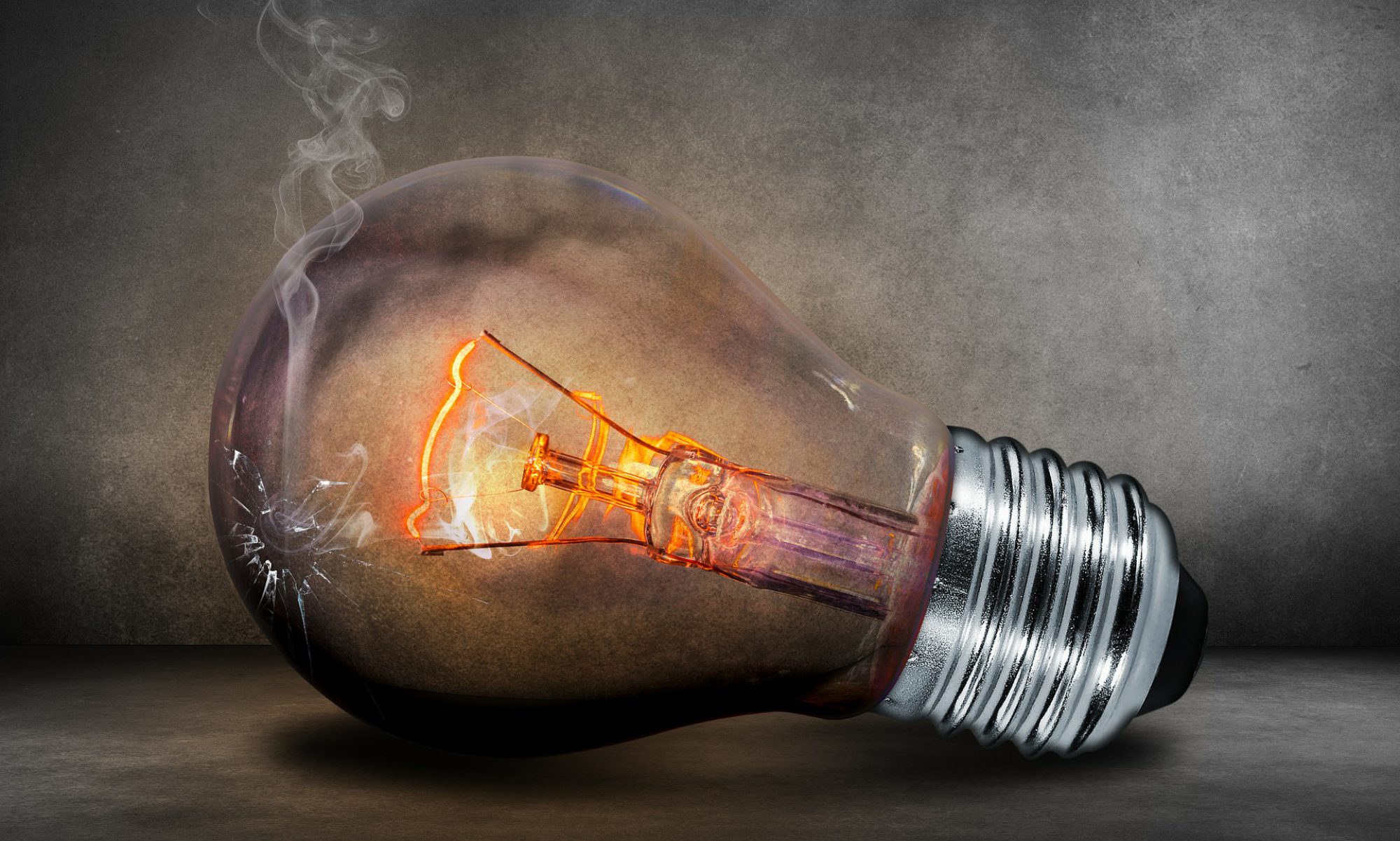Pakistan is experiencing one of the worst electricity crisis in the country’s history as the electricity supply deficit exceeds 3000 MW, with prolonged power outages especially during the sweltering summers. The shortage has exacted a significant toll on the moribund economy resulting in a loss of 3% of the GDP annually.
The recent comments by Musadik Malik, Special Assistant to the PM on Energy, that ‘the government will forfeit its right to rule if it fails to resolve the energy crisis’ underscores the gravity of the crisis. This necessitates seeking energy security through a combination of internal and external sources. For the economy to grow there is a need for investment in stable base-load generation, ensuring reliability of supply. Nuclear can be a plausible option to achieve this.
As of now, the share of nuclear in Pakistan is 3% of the total current installed capacity, compared to 13.5% in the global energy mix with USA, France and Russia as the top three nuclear generating countries. However, the world’s total nuclear generating capacity has remained roughly steady for the past 20 years, while the actual output has been declining steadily. Moreover, most of the world’s nuclear plants are approaching the end of their lifespan, thereby increasing the probability that the share of nuclear in the world electricity mix will decline in the future. The Fukushima incident has further caused setback to the global nuclear industry.
There are several drawbacks to the use of nuclear power plants, which makes them socially controversial. These include magnitude of catastrophe in the event of an accident, the risk and problem of eliminating radioactive waste and nuclear proliferation. Moreover, these have low operational flexibility as compared to other plants as they take a much longer time to start and shut down. Notwithstanding, nuclear can serve as base load plants with relatively low variable production cost.
Pakistan, presently, has a small nuclear power program with a capacity of 745 MW but intends to increase this to 8,800 MW by 2030. To meet this desired target, Pakistan would require at least 29 reactors of 300 MW each. The cost of one of these is $1 billion with a gestation period of 7-8 years, thereby making them a long-term investment.
We have signed commercial contracts with China for the construction of two more nuclear power plants at the Chashma site, scheduled to be completed by the end of 2016. These reactors will be based on first-generation design, known as AP1000, which is still under development by the Chinese nuclear company SNPTC. Recently SNPTC announced delay in the start-up of country’s first advanced nuclear project until the end of 2015 due to tougher security checks.
Pakistan is outside the Nuclear Non-Proliferation treaty, due to its weapons program, as a result of which it is largely excluded from trade in nuclear plant or materials. This has obstructed the development of its nuclear energy. In such circumstances, China is the only country to act in defiance of trade sanctions, and has deepened cooperation in the wake of US-led concessions to India in 2008. No other major reactor vendor has been willing to accept the political and financial risk of constructing reactor projects in Pakistan, especially amidst persistent domestic terrorism in the country. Owing to the liquidity crunch, Pakistan cannot afford to purchase the reactors on anything less than extremely favorable terms, which reportedly China is offering.
There is a strong case for rethinking nuclear for Pakistan, despite country’s 40 plus years of reactor experience. It lacks stability and security with the state demonstrating inadequate capacity to manage disasters. The technology to be used by the Chinese company does not yet meet safety standards that the international community will accept in the aftermath of Fukushima.
It is true that no single source alone would be able to meet the prevailing
energy demand and guarantee energy security. A diverse energy mix will have to be explored. However, options other than nuclear, which are relatively more politically and financially feasible are available for the country. Among other things, the government should seek to incorporate Combined Cycle Gas Turbines (CCGT) into the electricity mix. These plants have a high degree of modularity, are more efficient (thermal efficiency up to 60%) and have smaller costs making it one of the most competitive generation technologies available. Additionally, rehabilitating country’s electricity transmission and distribution system and introducing demand conservation policies would also play a pivotal role in alleviating the crisis.
It would be difficult for Pakistan to achieve its ambitious target of nuclear without global support. Concerns of safety and nuclear proliferation are going to make it difficult for Pakistan to get major actors to trade with it. In light of this, we would be better to suited to pursue less thorny alternatives which can achieve the same results.


